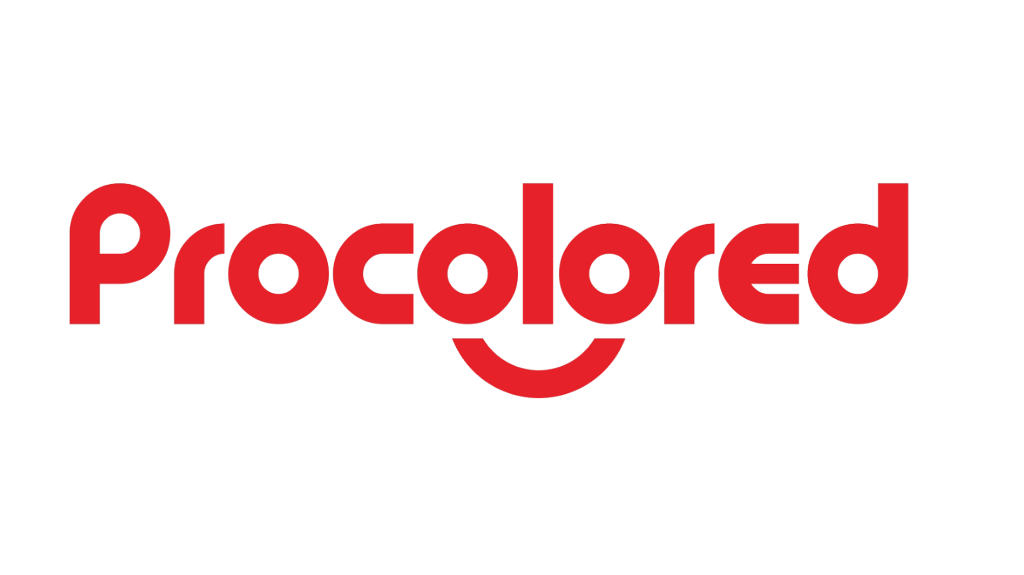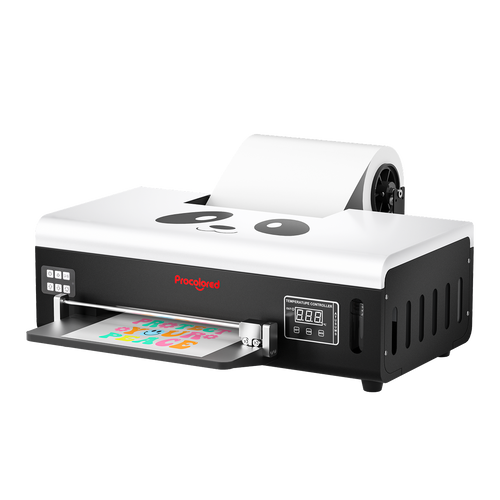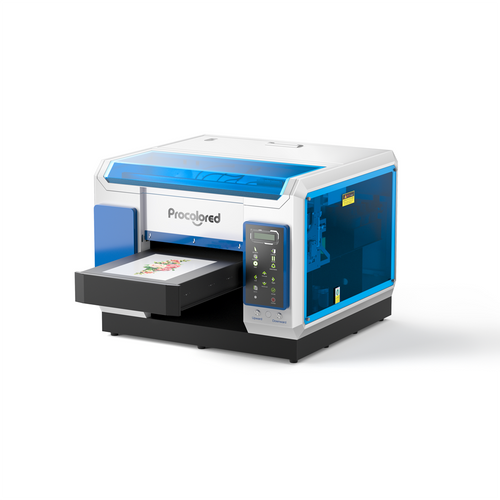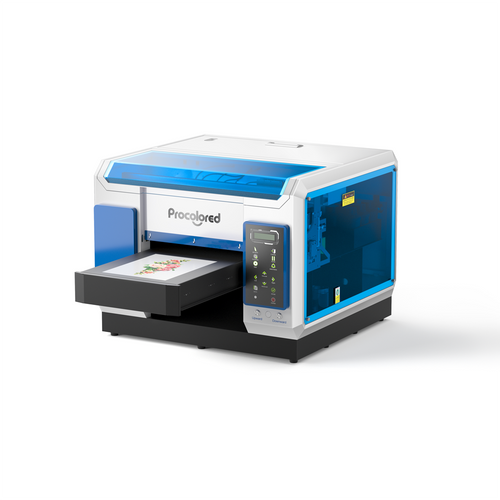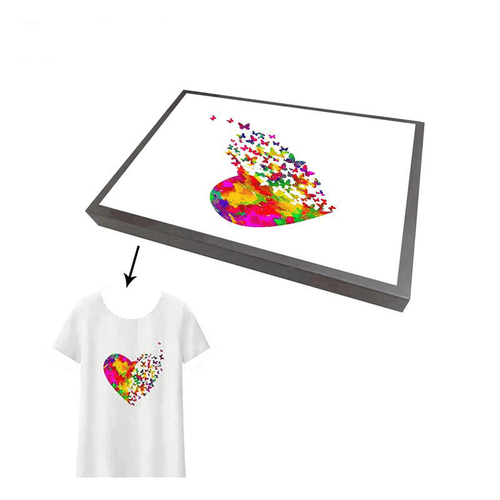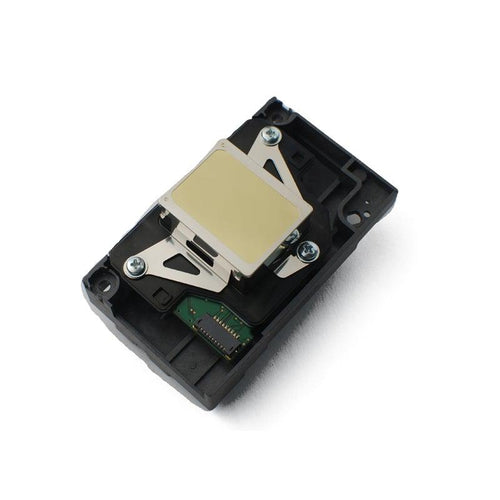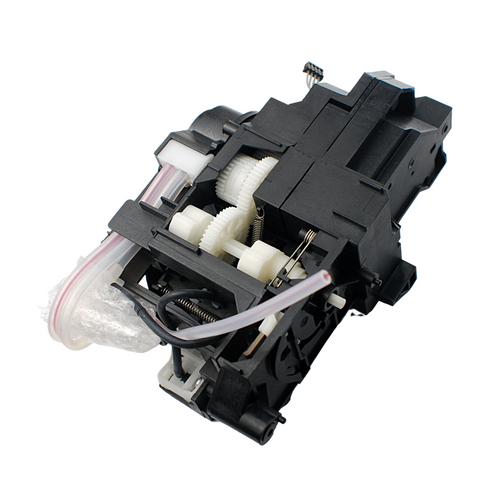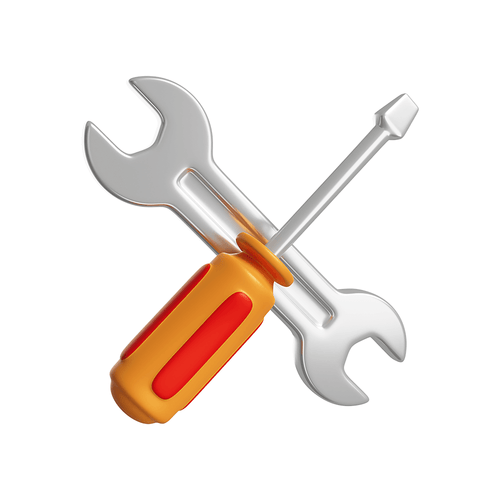The t-shirt printing industry is a large market and it is growing quickly recent years, with the demand for custom and unique designs increasing. Starting a t-shirt printing business can be a fun and profitable way to express your creativity and build a successful business. but it can also be overwhelming if you don't know how to start.
The first factor to consider starting a printing business is competition. The t-shirt printing market can be crowded, with many businesses offering similar products and services. To succeed, you'll need to differentiate yourself from the competition by offering unique designs, excellent customer service, and competitive pricing.
Another factor to consider is the cost of equipment and materials. Depending on the printing method you choose, you may need to invest in expensive equipment such as curing oven, heat press machine, and DTF(direct-to-film) printers. You'll also need to purchase t-shirts, ink, and other materials, which can add up quickly.
Marketing and sales are also critical to the success of a t-shirt printing business. You'll need to develop a strong brand identity, create eye-catching designs, and promote your products through various marketing channels such as social media, advertising, and word-of-mouth.
The business of t-shirt printing can be good if you are willing to invest the time, money, and effort into creating a successful business. Researching the market, defining your niche, creating a solid business plan, and focusing on quality products and customer service are all key to success in this industry.
But where do you begin? In this step-by-step guide, we'll walk you through everything you need to know to start your own t-shirt printing business.
Step 1: Conduct Market Research
Before you dive into the world of t-shirt printing, it's important to conduct market research. This will help you identify your target audience, understand your competition, and stay on top of industry trends. Research your target audience to determine their needs, preferences, and buying habits. Look at your competition to see what they're doing well and where they may be falling short. Finally, keep an eye on industry trends to ensure that your business stays relevant and competitive.
Step 2: Choose a Niche
Once you have conducted your market research, it's time to choose a niche for your business. This could be a specific style of t-shirt, a particular audience, or a specific theme. Choosing a niche can help you stand out from the competition and build a loyal customer base.
Step 3: Create a Business Plan
A solid business plan is crucial for any successful business. Your plan should include your target market, marketing strategies, financial projections, and other important details. Your business plan will serve as a road map for your business and help you stay focused on your goals.

Step 4: Choose a Business Name
Choose a unique and memorable name for your business that reflects your niche and brand. Make sure the name is available and not already in use by another business.
Step 5: Choose a T-Shirt Printing Method
There are several t-shirt printing methods to choose from, including screen printing, heat transfer, and direct-to-garment printing. Each method has its pros and cons. Now DTF printing is very popular all over the world. People like and accept the vivid and vibrant images it prints. Compared with other processes, its operation steps are simple and efficiency is much improved. It is especially suitable for Produced-on-demand industry.

Step 6: Source Materials and Equipment
Purchase high-quality materials and equipment that are appropriate for your chosen printing method. This will ensure that your t-shirts look great and last a long time. If you want to do DTF printing, you will need a DTF printer, a curing oven and a heat press machine do the process, and you will also need consumables like DTF ink, adhesive powder and DTF transfer films.
Step 7: Set Up Your Workspace
Set up a workspace that is equipped with everything you need to run your business, including your printing equipment, materials, and other tools. Make sure your workspace is clean, organized, and safe.

Step 8: Design Your T-Shirts
Create designs that are aligned with your niche and target audience. You could hire a graphic designer or create the designs yourself. Make sure your designs are unique, eye-catching, and high-quality. Now there are many websites and bloggers that sell their designs, and buying from them will be a more convenient way to obtain designed images
Step 9: Market Your Business
Use social media, advertising, and other marketing strategies to promote your business and attract customers. Create a website or online store where customers can purchase your t-shirts. Reach out to influencers and other businesses in your niche to help spread the word about your business. Selling custom t-shirts on both Shopify and Etsy can be a good idea, but it depends on various factors such as your target market, marketing strategies, and competition. Both Shopify and Etsy are popular platforms for selling custom t-shirts online. Shopify is a great option if you want to have your own website and full control over your store's design and functionality. Etsy, on the other hand, is a marketplace where you can set up a store and sell your products alongside other independent sellers.
Marketing your custom t-shirts is crucial for success. You can use social media, email marketing, and paid advertising to drive traffic to your store and increase sales.
Step 10: Fulfill Orders
Once you start receiving orders, fulfill them promptly and professionally to ensure customer satisfaction. Make sure your customers receive their t-shirts on time and in great condition.
Starting a t-shirt printing business requires dedication, hard work, and creativity. But by following these steps, you can create a successful and profitable business that you can be proud of.

